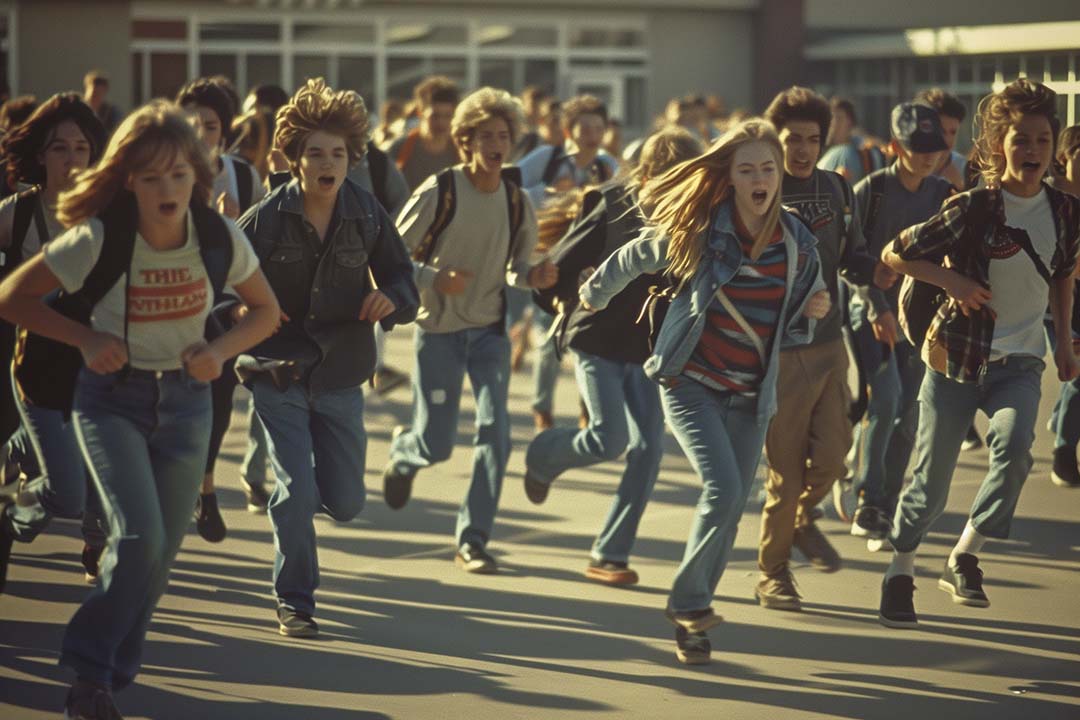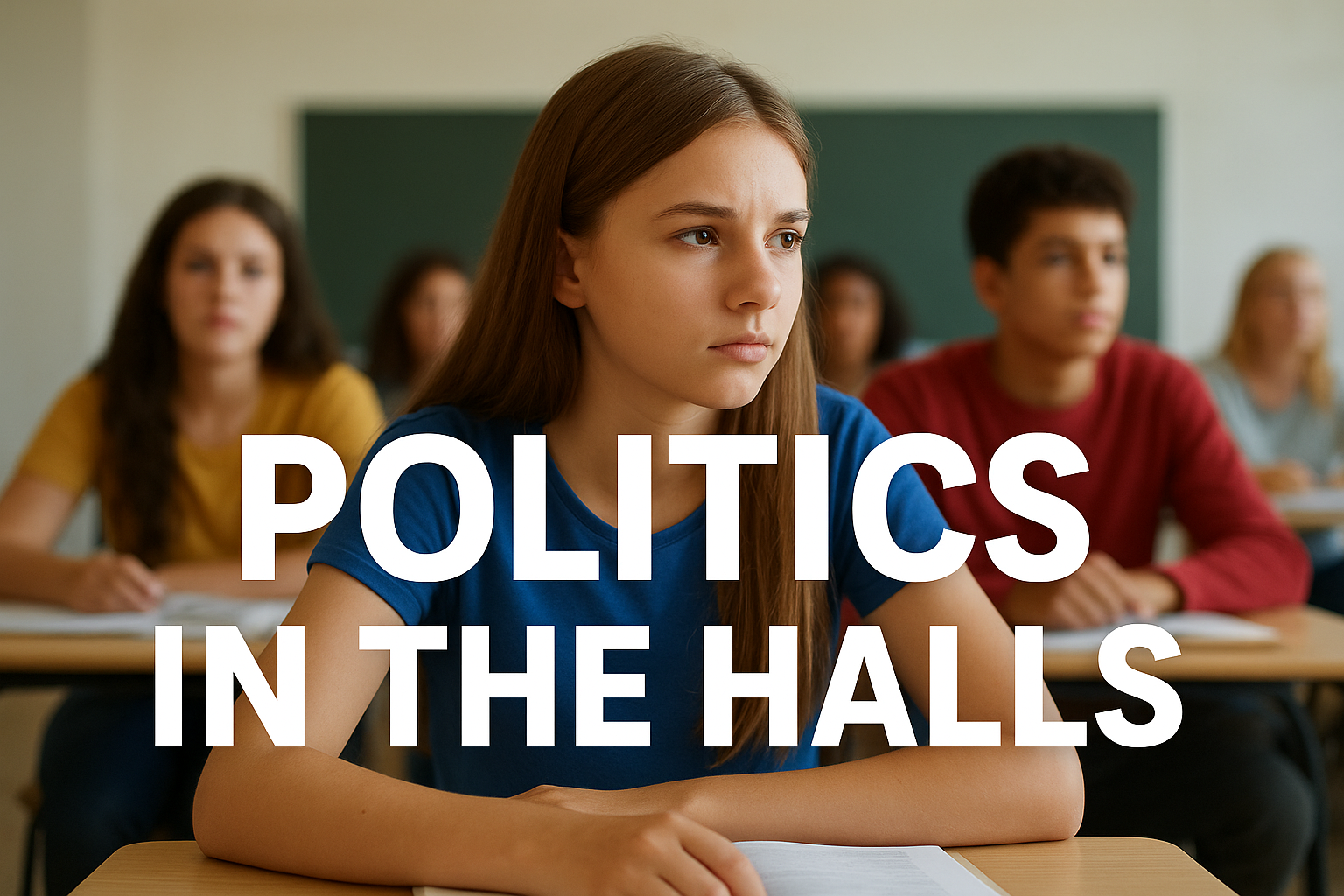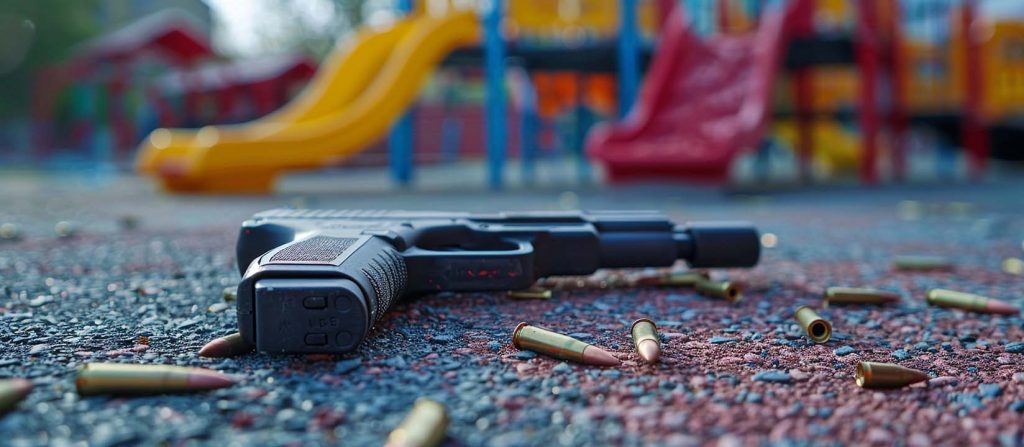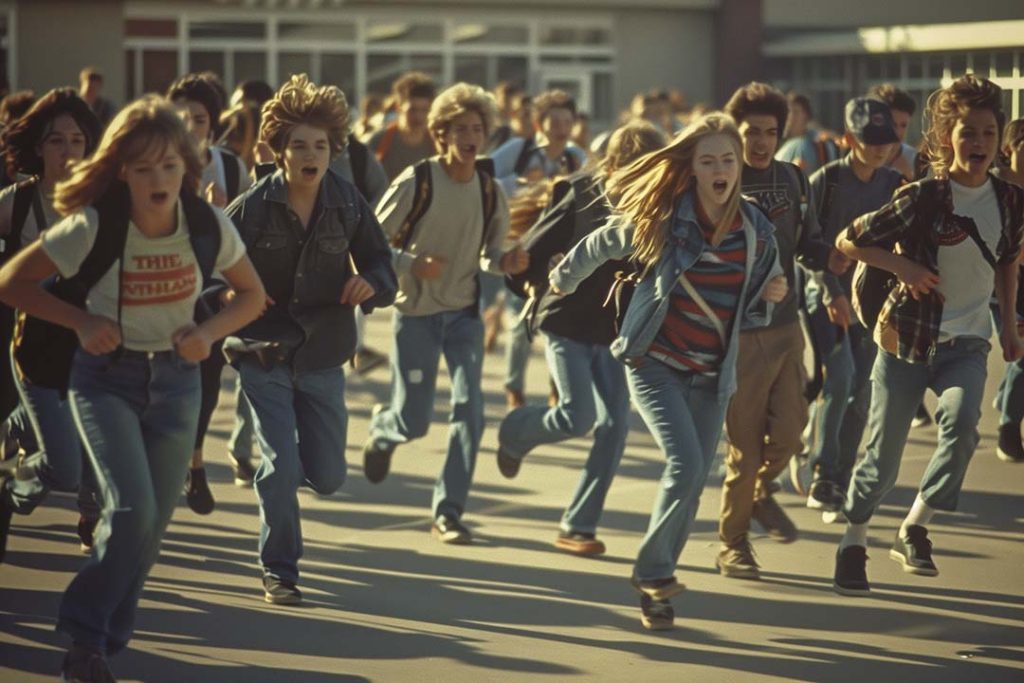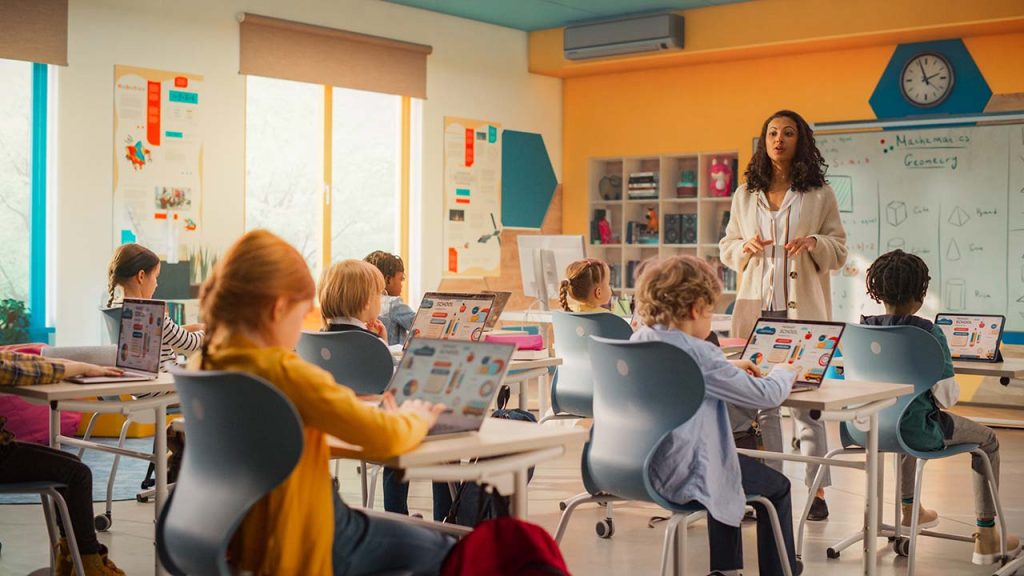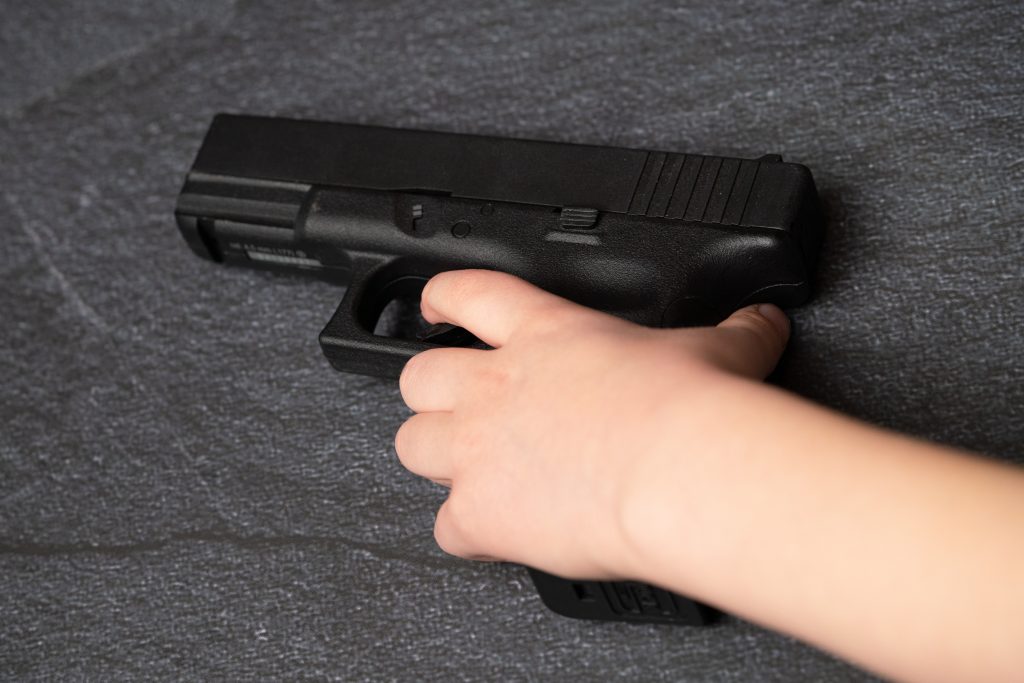
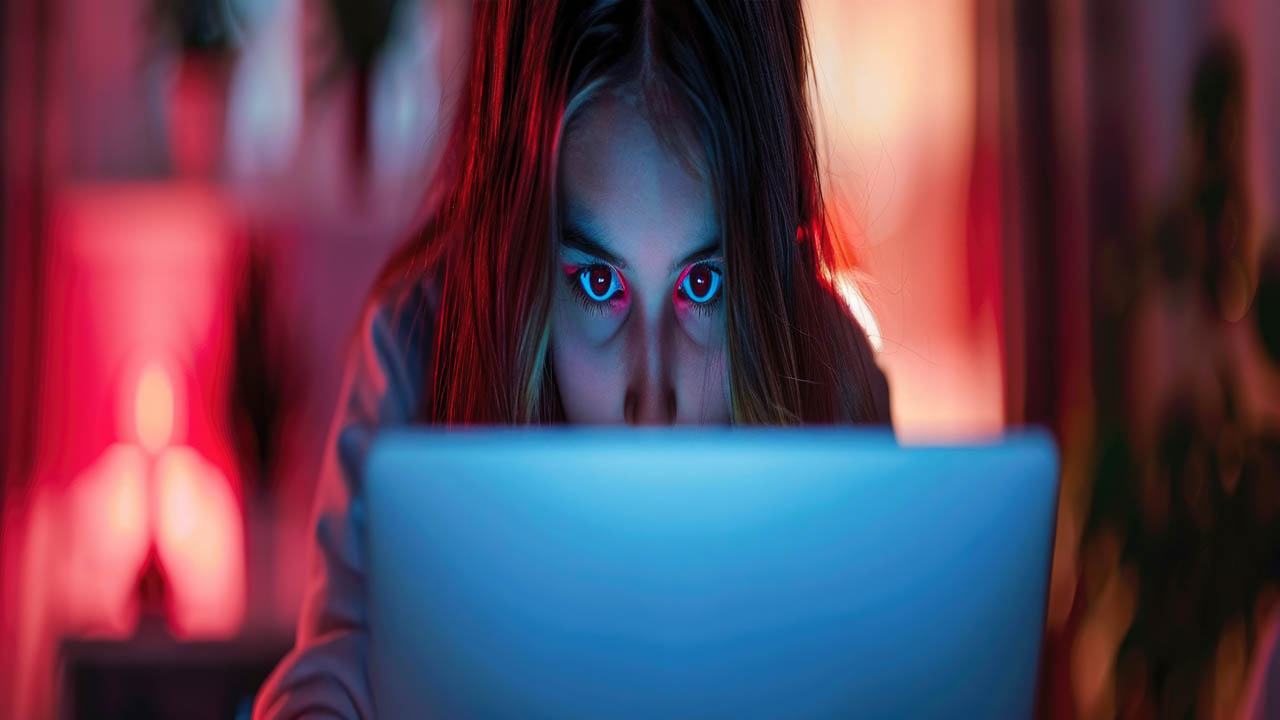
From Empty Threats to Tragedy: Are We Letting Kids Off the Hook Too Easily?
In the aftermath of tragedies like the recent Apalachee High School shooting, where a 14-year-old student killed four and injured nine, a familiar debate resurfaces. On one side, we hear the argument that children and teens are still maturing, that their brains aren’t fully developed, and they should not face the harshest consequences for their actions. On the other side, the question looms: When young people make threats, exhibit warning signs, or engage in violent behavior, how can we prevent these actions from spiraling into catastrophe if we don’t take them seriously?
These debates are not new, but they have become more urgent in the wake of incidents like the Georgia school shooting, along with a rise in school threats across the country. Several recent cases underscore the challenge law enforcement, educators, and society face when it comes to handling threats of violence from minors.
Take, for example, a case in Edgecombe County, North Carolina, where a juvenile was arrested for making threats of mass violence toward two middle schools on social media. The local sheriff’s office acted swiftly, charging the student and increasing law enforcement presence at the schools. Similarly, in Atlantic, Iowa, a 12-year-old was detained after making an alleged threat to two school buildings. Though the threat was later deemed not credible, the disruption to the school community was undeniable.
It’s easy to argue that a 12-year-old or 14-year-old doesn’t understand the gravity of their actions, or that these are “just threats” made in moments of immaturity or bad judgment. But what happens when those threats aren’t just idle words? When, as in the case of Apalachee High, a student who once seemed like a normal kid becomes a deadly perpetrator, taking the lives of teachers and peers? Are we still willing to say that kids “don’t understand” the consequences of their actions?
This is where the debate becomes tricky, because the same voices arguing that children should not be held to the same legal standards as adults often shift their tone when tragedy strikes. When threats are ignored or dismissed, and violence ensues, those same individuals ask why more wasn’t done. The tension between leniency for juveniles and the need to protect the public becomes painfully clear.
The Apalachee High shooting is a tragic example of this dilemma. Colt Gray, the 14-year-old shooter, wasn’t unknown to his school administrators. His mother had reported concerns about her son to the school on the very morning of the incident, yet a delay in identifying the right student allowed the tragic event to unfold. Many have criticized the school for not acting fast enough, but the criticism goes beyond the response time. It raises broader questions about how we approach juvenile offenders—whether those who make threats or display signs of instability are truly held accountable.
In too many instances, threats by juveniles are viewed as isolated incidents, rather than part of a larger pattern. But when these threats aren’t treated with the seriousness they deserve, the consequences can be catastrophic. The shooting in Georgia is just one extreme example, but similar patterns play out in less lethal ways across the country.
In Broward County, Florida, a 14-year-old girl recently made threats against several schools, even listing potential targets. When confronted, she claimed it was all just a joke. But is it really a joke when the stakes are so high? Can we afford to treat these incidents lightly when the possibility of actual violence is ever-present?
There is no simple answer to these questions, and society must grapple with how to balance the need for compassion and understanding with the demand for accountability. It’s true that juveniles are not adults, and their behavior may stem from immaturity, poor judgment, or mental health issues that deserve attention and treatment. But the reality is that when threats are ignored or dismissed, the opportunity to prevent disaster is lost.
This doesn’t mean we should arrest every child who makes a threatening remark or posts something alarming on social media. But it does mean we need a system that can differentiate between an empty threat and a serious warning. It means ensuring that school administrators, law enforcement, and mental health professionals are equipped to handle these situations before they escalate. It also means that parents, educators, and policymakers must recognize the dual nature of this issue: kids are still developing, but that doesn’t make them immune from the consequences of their actions.
When tragedy strikes, as it did in Georgia, the finger-pointing begins. Many blame the school administration for not acting faster or more decisively. But the uncomfortable truth is that the system we’ve created often encourages a reactive rather than a proactive response. We tell ourselves that kids don’t mean what they say, and that arresting or disciplining them too harshly could do more harm than good. Yet when the worst happens, we wonder why more wasn’t done.
The Apalachee High School shooting should serve as a wake-up call. It’s time to take school threats seriously—whether they come from a 12-year-old or a 17-year-old. If we fail to do so, the tragic cycle will continue, and we will be left asking the same haunting questions over and over again.
Dig Deeper With Our Longreads
Newsletter Sign up to get our best longform features, investigations, and thought-provoking essays, in your inbox every Sunday.
The MEN was founded by John Huber in the fall of 2020. It was founded to provide a platform for expert opinion and commentary on current issues that directly or indirectly affect education. All opinions are valued and accepted providing they are expressed in a professional manner. The Maryland Education Network consists of Blogs, Videos, and other interaction among the K-12 community.

